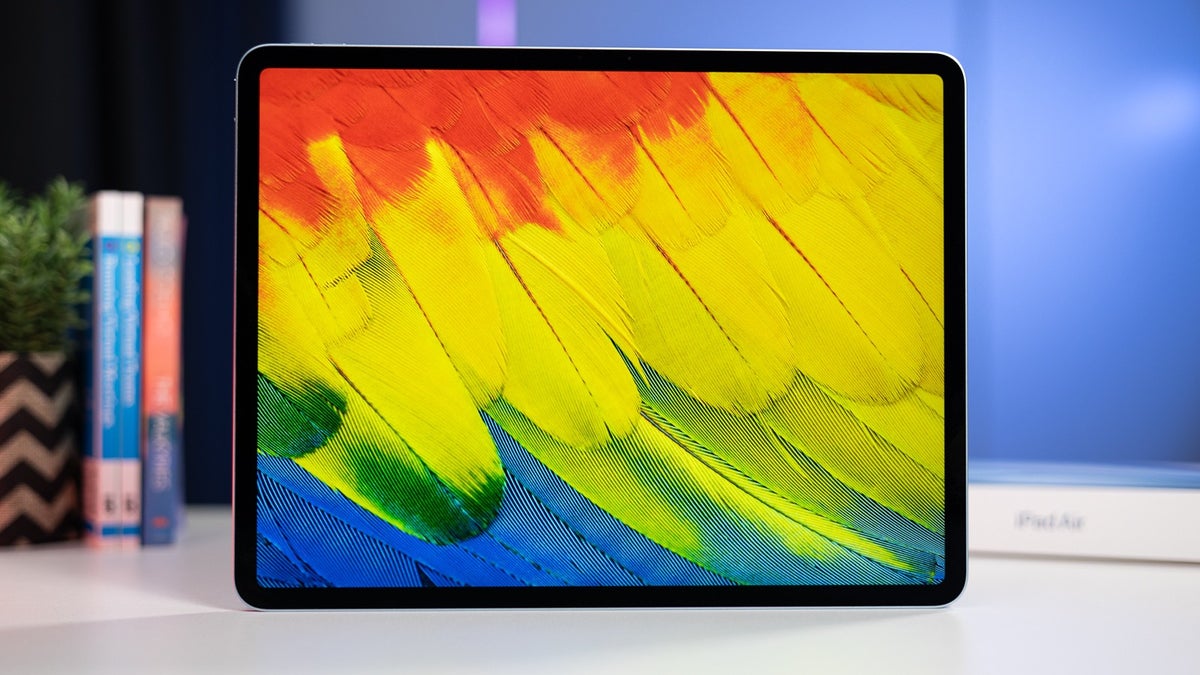Apple puts its products through a lot of tests during the development process, intended to ensure they have a long and reliable life even in challenging conditions. The company tests at least 10,000 iPhones prior to launch in an attempt to cover all the bases.
It’s not often the iPhone maker lets outsiders into its labs, but Apple invited some of those attending WWDC 2025 to visit one to see for themselves the conditions it expects its gadgets to survive …
To be clear, it’s not the first time Apple has let outsiders take a look around one of its durability testing labs. MKBHD last year got his own tour, and shared some videos from that. But Counterpoint has this year provided a more detailed description of what those tests involve.
They fall into four categories:
- Environmental
- Water
- Impact
- Vibration
Environmental
These tests are intended to replicate the climate challenges faced by devices which are used in 175 countries around the world.
We witnessed salt exposure tests running for as long as 100 hours, high light intensity exposure, and exposure to dust from the Arizona desert to analyze what happens when fine sand particles enter the iPhone’s speakers or the charging port. Some tests in the case of AirPods involve producing artificial versions of sweat and earwax. These tests are further tweaked to factor in some of the device usage data Apple has access to, which highlights the labs’ complex efforts to align with changing environments.
Water
Protection against water and dust is measured by IP ratings, standards set by the electronics industry with specific criteria for each.
For example, the iPhone 16 Pro has an IP68 rating, the highest available. This means it must show no ingress of dust at all in any of the tests, and must continue operating normally after being submerged in water to a depth of six metres for one hour.
Apple’s water tests start gently then ramp up.
The IPX chamber test starts with a basic drip ceiling test to simulate rain and basic water ingress. This is followed by simulated water pressure through jets around all corners of the product. Once the product passes this test, it becomes eligible for the IPX5 rating.
Then comes the high-pressure water splashing at a distance, which gives the product IPX6 rating, and finally, a pressurized tank simulating water depths gives the product IPX7 and IPX8 ratings on its successful submersion up to one meter and six meters, respectively.
The IP ratings relate only to dust and water, but Apple’s tests also include other commonly-encountered liquid hazards, like sodas, juices, sunscreen cream, and perfume.
Drop tests
YouTubers might carry out a small number of unscientific drop tests for fun and views, but dropping your iPhone in the real world is a very different matter. Every drop is different, depending on the height, the material it lands on, and the precise angle of impact.
Apple aims to replicate this enormous variety of drop hazards during its testing.
To get closer to the real-life scenarios, Apple has developed a robot that drops devices at different angles and even on different surfaces, including particle, granite and asphalt boards. Moreover, each drop is analyzed through an app that is accessed by Apple engineers.
Vibration
While a less obvious hazard, an iPhone needs to be able to survive things like sitting in the pannier of a motorcycle travelling over rough ground. Again, the number of variables involved is huge, so Apple’s tests aim to expose devices to a wide range of frequencies.
These frequencies are simulated through a vibration table to create different shaking environments and impacts that a product may see during transit or other real-world conditions, including for different manufacturers of motorcycles. The vibration table had products tied on top of it for an extended period of time and was subjected to different frequencies.
Highlighted products & accessories
Framegrab: Apple
FTC: We use income earning auto affiliate links. More.









